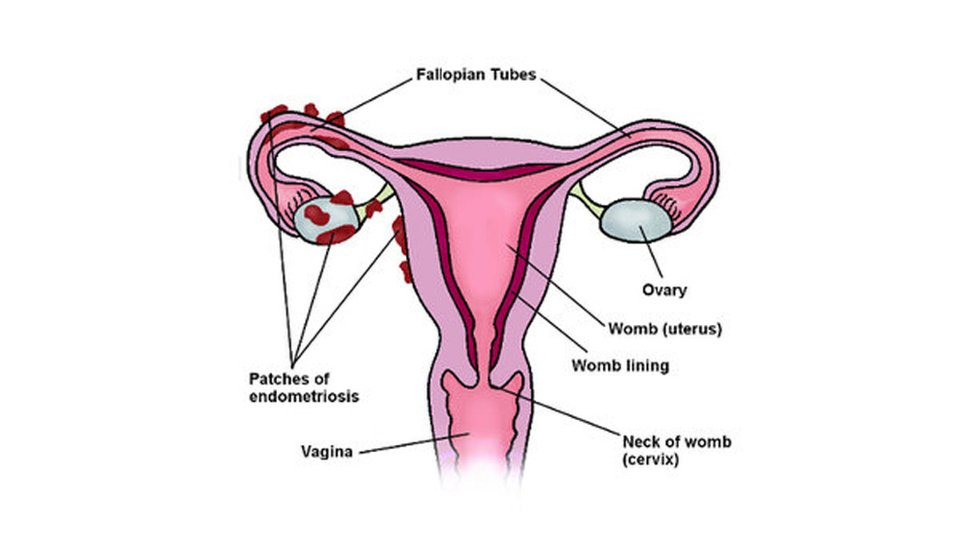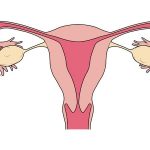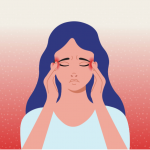When the tissue that normally lines the inside of a person’s uterus grows on the outside instead, this condition is called “endometriosis.” This tissue behaves the same way as it would on the inside of the uterus by breaking down during each menstrual cycle. However, because it has no way to exit the body, it becomes trapped, leading to often severe pain. Here is an overview of what endometriosis can look like.
Table of Contents
Symptoms
Pain is the most common symptom of endometriosis. A person with endometriosis may experience a higher amount of pain than normal during periods, intercourse, bowel movements, or urination. Another frequent symptom of this condition is infertility.
Risk Factors
Some individuals are more at risk to have endometriosis than others. It is more likely for someone to have endometriosis if they have never given birth, started their period at a young age, or started menopause at an older age. If your menstrual cycle is shorter than average (less than 27 days in total) or your periods are longer and heavier, this can also indicate a higher likelihood of endometriosis. High estrogen levels, low BMI, and disorders of the reproductive tract will give you a greater predisposition to this disorder, as will having a mother, sister, or aunt who has endometriosis.
Causes
Endometriosis can be caused by a number of things. To list a few, retrograde menstruation, disorders of the immune system, and surgical scar implantation can all be catalysts for this condition.
Complications
Infertility and cancer are the two main complications that can arise. However, even individuals with mild to moderate endometriosis may still be able to carry a fetus to term. Endometriosis is not shown to increase the risk of ovarian cancer at a large rate, but this is still something to be mindful of when visiting the doctor.
Treatment
Hormone-based birth control is a very common method used to treat endometriosis-related pain. A doctor may also prescribe pain medication or hormonal therapy in order to alleviate this pain and stop the progression of the condition. One method that is frequently recommended is pelvic floor physiotherapy Burlington ON. In more extreme cases, surgery may be the best option. Before resorting to a full hysterectomy, a doctor may attempt to remove the growth via laparoscopy.
It can be an extremely difficult condition to diagnose and manage. A visit with a doctor should always be the first step when concerned about this. Regular visits with an OBGYN are recommended in order to catch this condition quickly.







